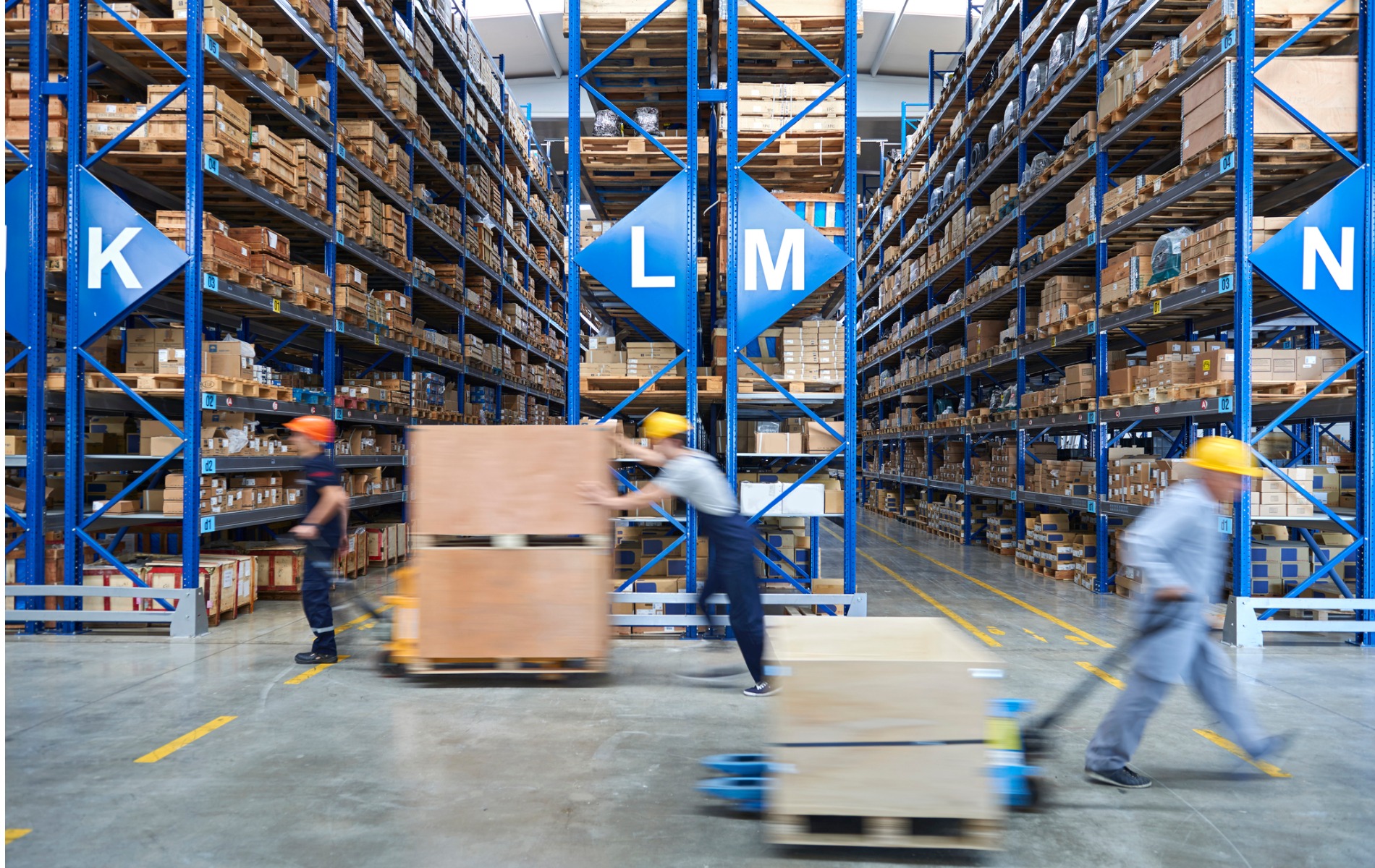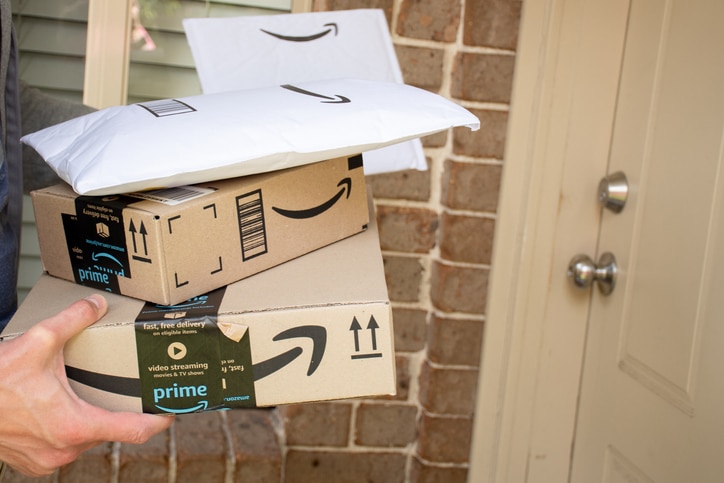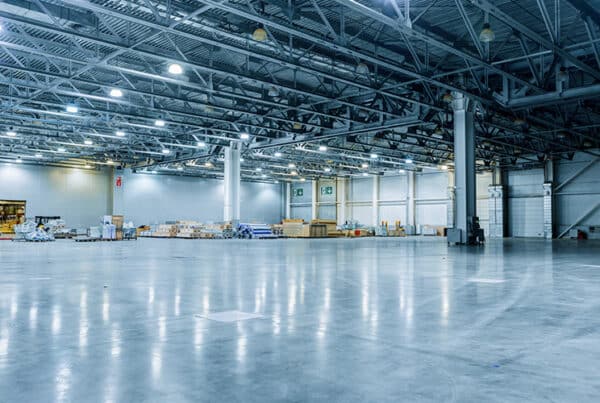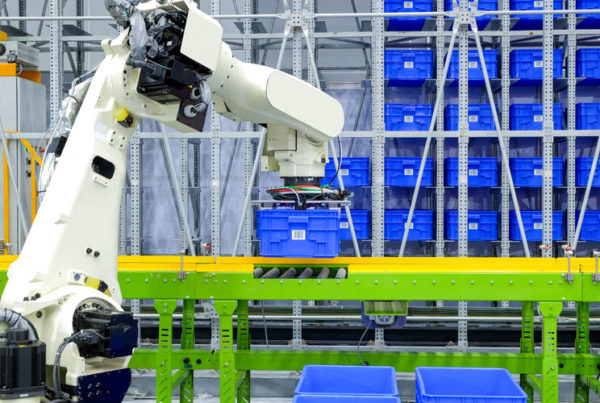This is part 3 of a 3-part series. Part 1, Rattled Supply Chains, discusses the inability of Just-In-Time (JIT) logistics to adjust to recent demand shocks. Part 2, Innovated Spaces, discusses the severity of effects multi-channel retailing and the lockdowns of COVID-19 had on brick-and-mortar businesses. In Part 3, Saving Graces, we discuss how the fulfillment industry is adjusting to the changing consumer market.
The past two decades have seen the consumer landscape changing along with a continual evolution of eCommerce. In 2018, 5,700 brick-and-mortar stores were forced to close as more and more shoppers found their expectations for convenience, cost, and accessibility met online. By 2020, store closings in the US increased by 114%, to a record-shattering 12,200.
Supply chain managers everywhere have had to scramble to adjust to changing consumer expectations and habits. Goods once largely packaged and shipped for wholesalers are increasingly going straight to consumers – changing processes across manufacturing, warehousing, planning, and transportation.
Simultaneously, demand for environmentally sustainable and socially responsible business practices is also on the rise.
Delivering the right product to the right person in the right place and at the right time has never been easy. But it’s especially challenging when the right product could be anything produced anywhere in the world. When the right place could be any address in the US. When the right time is limited to a 24-hour window. And when stakeholders need to see that feat accomplished millions of times a day in a carbon-friendly way.
Retooling storefronts as eCommerce hubs
As we discussed in Part 1 of this series, Just-In-Time (JIT) logistics has proved too inelastic to meet the demand shocks seen in 2020. To create a more resilient and reliable supply chain – and to better provision themselves in the future – retail companies of every stripe are holding more inventory and are demanding their suppliers do the same.
However, as we discussed in Part 2 of this series, this is happening when development of warehousing real estate is at near-record lows. Blindsided by the sudden uptick in demand for inventory seen in 2020, developers (as of this writing) had only 6 million square feet of new warehousing space under construction. To reach the predicted 1 billion square feet of warehousing space eCommerce is predicted to need by 2025, more space – in the right place – will have to be found.
The good news for the supply chain and the end-user is that the closed stores that now dot the urban and suburban landscapes represent 159-million square feet of conveniently located – and empty – space. Space that can be converted into warehouses and distribution centers.
The bad news is that an eCommerce company can’t simply take over a closed brick-and-mortar store and treat it like a warehouse. These spaces were designed to attract customers and handle the flow of foot traffic between storefronts and departments. To achieve the throughputs and accuracy needed by modern fulfillment centers, these spaces have to be retrofitted to take advantage of the latest automation generations.
Setting the stage with predictive analytics
That Amazon has dominated the fulfillment industry for the past two decades is no secret. Through the economy of scale, Amazon offers prices and conveniences customers have grown to demand. The large size of its customer base allows Amazon to offer incentives like free shipping and invest in a network of large distribution centers full of miles of smart conveyors and automated storage and retrieval systems. It’s these systems that allow them to process such high volumes with extreme accuracy.
However, recent advances in computing and automation enable smaller eCommerce retailers to achieve the throughputs, accuracy, and cost savings that major distributors have benefited from, without the need to achieve the same economy of scale.
This change begins with predictive analytics. For major eRetailers that sell a variety of goods – such as Amazon, Walmart, and Target – predictive analytics is used to warehouse goods close to where they will be needed. This drives fast delivery and low-cost shipping and lowers the environmental impact of delivery.
For mid-sized companies and smaller, predictive algorithms can pinpoint markets geographically. With this information, companies can plan for the strategic location of warehousing and distribution facilities close to their end-users.
By targeting their supply chain in this way, companies can lower costs, improve customer satisfaction, stay competitive in their core markets, and show their stakeholders they are making environmentally savvy decisions.
But predictive analytics alone isn’t enough; knowing where a market is doesn’t put merchandise in the right place. Warehousing space has to be found and made operational.
Robotics and process automation enables the new economy of scale
Moving fulfillment closer to consumers means finding warehousing space close to the urban areas where they live. For some companies, purchasing lots to build warehouses from scratch will make the most sense. However, for many others, converting empty storefronts into warehousing solutions – or even renting or sharing space in a co-location – is the right choice.
In either case, as fulfillment moves closer to the end-user, it also moves into smaller spaces.
In the past, operating a warehouse from a small facility wasn’t sustainable; the costs were too high, the automation too large, and the benefits too few.
Part of the promise of predictive analytics is to limit the assortment of goods in a warehouse by predicting the needs of the market. This allows warehousing space to be smaller and the assortment of SKUs more focused.
But that was only one part of the solution. The miles of conveyors and large, unit-loading AS/RSs that enabled Amazon’s economy of scale still weren’t practical in a small warehouse. These spaces require smaller, more versatile robotics.
One answer to this dilemma has been the re-imagining and refining of the same fulfillment technologies that have been driving online markets for decades. Modular, scalable goods-to-person storage and retrieval systems – such as Vertical Lift Modules (VLMs), Carousel Picking Systems (CPSs), and mini- and micro-load AS/RSs – have been designed to fit in a small space and achieve high throughputs and accuracies.
Another solution has been to leverage the advances in computing and item manipulation to develop highly versatile Autonomous Mobile Robots (AMRs). With modern safety sensors and protocols, AMRs can work alongside people, while their integrated programming also allows them to function independently. They can pull merchandise to pick or pack stations, move equipment between employees (allowing for physical distancing guidelines to be maintained), facilitate cleaning, sanitization, and trash removal, and much more.
This increasing versatility of warehouse robotics is expected to drive the industry to triple-digit increases, to nearly $6.86 billion by 2025.
These advances in robotics have proven to be a crucial step in the development of mini- and micro-warehouse solutions. But they wouldn’t have been possible without similar advances in Warehouse Management Systems (WMSs) and process automation. Robust WMSs act as the brains behind all the machines, allowing modern warehouses to achieve their high throughputs and consistencies.
Today’s WMSs track items from the time they’re in-bound to the warehouse to when they’re delivered to the customer. More than that, they allow that data to be sent both to the supply chain managers and the end user – showing customers in real-time the state of their order and providing the best possible consumer experience.
But WMSs do much more than simply track items. They manage the flow of goods throughout a facility by controlling all of the automated systems in the warehouse and directing the workforce. The WMS is an integral part of Machine-to-Machine (M2M) communication – allowing fleets of Autonomous Mobile Robots to work in tandem, orders to be automatically sorted and palletized, and much more.
All of the information that modern warehouses must store, analyze, and respond to – from inventory controls to payroll and scheduling – can be handled by robust data management software.
A changing supply chain brings new opportunities
In 2020, consumer habits changed so drastically and quickly that the supply chain failed. But the industry already has the answers and is working to implement them.
Modular, scalable solutions, combined with predictive analytics and robust Warehouse Management Systems, will allow small- and mid-sized businesses to find their core markets, locate viable warehouse space close to those markets, and reap the benefits of automation.
The future of order fulfillment will include small warehouses located close to their markets. But engineering a warehouse in a small space – whether in a new build or in a converted unused storefront – takes both expertise and ingenuity.
Want to learn more about how you can integrate automation and robotics into your operations? Contact us to talk details and strategies!
Increasing storage capacity and utilization with semi-automated deep lane storage.
PeakLogix designed a plan that increased the realized capacity of one client by more than 60% and increased its utilization rate to nearly 80%. In addition, the client now benefits from a clear receiving dock, which facilitates their ability to unload additional inventory that can be ordered more efficiently.






